A Simple Definition of Sensory, Short-Term, and Long-Term Memory
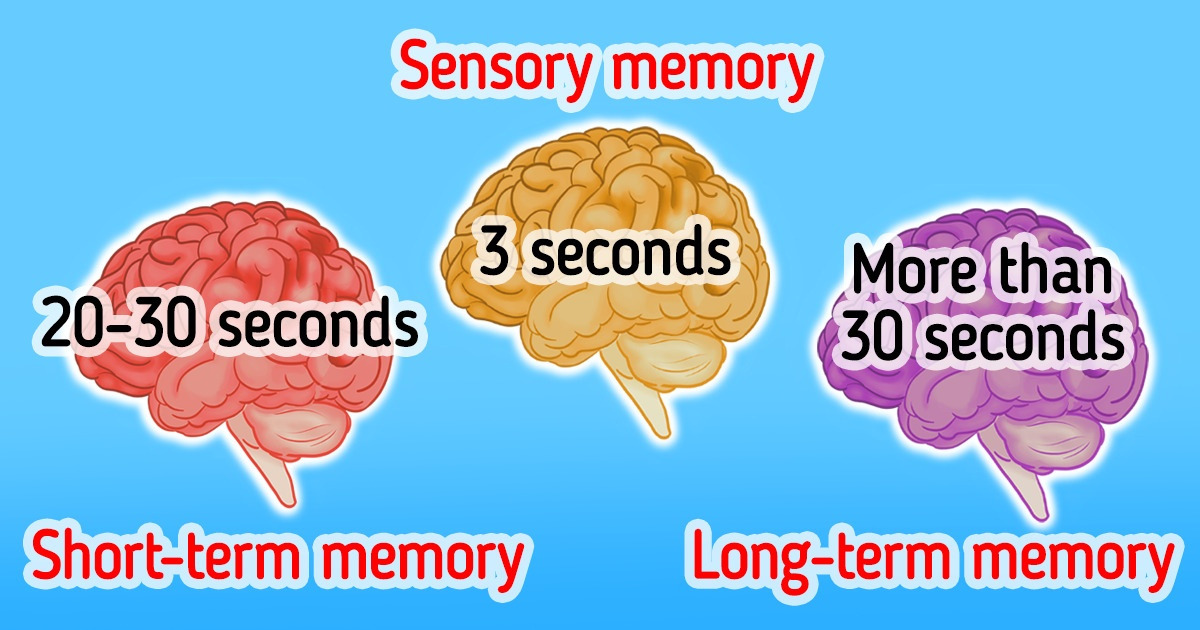
With 5-Minute Crafts, you’ll know how the main types of memory operate.
What is memory?
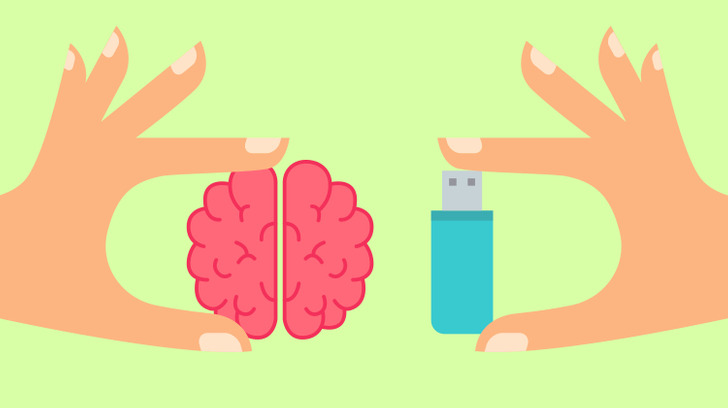
Memory is a person’s ability to store information and retrieve it when needed. However, this process is not perfect and people tend to forget things. And sometimes things are initially encoded in our memory incorrectly.
The basic memory processes are:
- Encoding
- Storage
- Retrieval
Types of memory
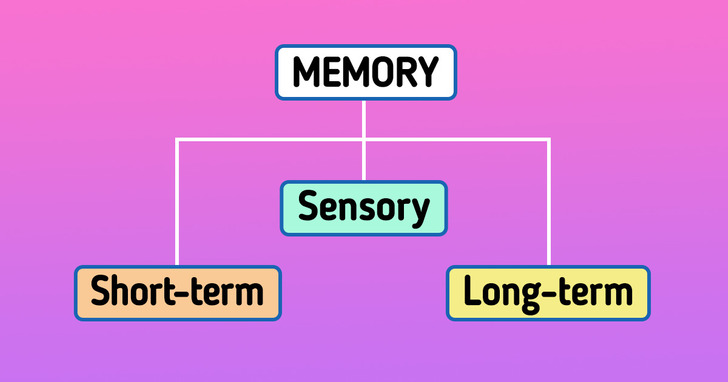
There are 3 main types of memory:
- Sensory memory
- Short-term memory
- Long-term memory
Sensory memory
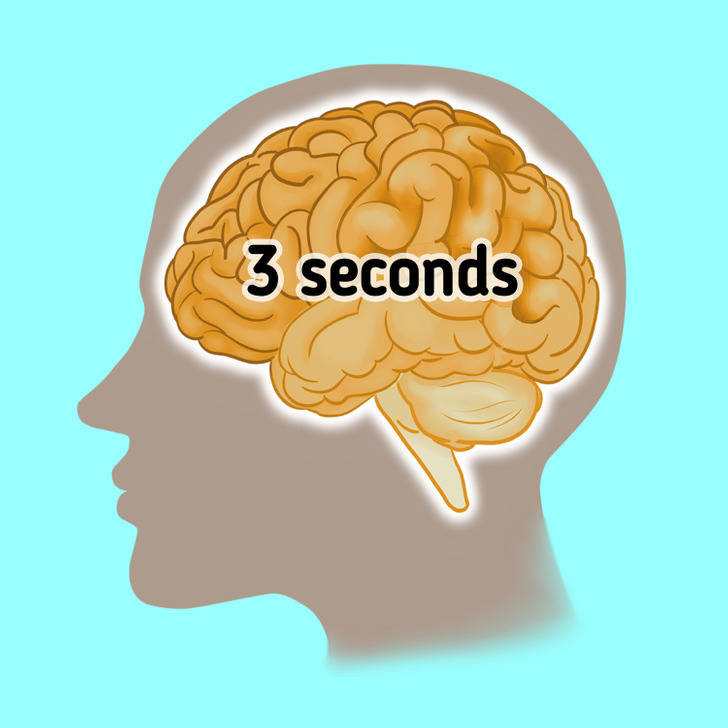
Sensory memory enables us to remember sensory information after the stimulation has ended. Remembering something you heard or touched is your sensory memory. It doesn’t store information for long — just for about 3 seconds, as experts say.
Sensory memory is often considered the first stage of memory that registers a huge amount of information about the environment.
When a certain sensory experience is repeated several times, you begin to associate other memories with it. At this point, it moves from sensory memory to short-term memory or long-term memory.
There are three types of sensory memory:
- Iconic or visual sensory memory. It involves a very short image and lasts from 1/4 to 1/2 second.
- Echoic or auditory sensory memory. It involves a very brief memory of a sound, like an echo. This type of memory lasts up to 3–4 seconds.
- Haptic or tactile memory. It involves a short memory of a touch, and lasts up to 2 seconds.
Short-term memory
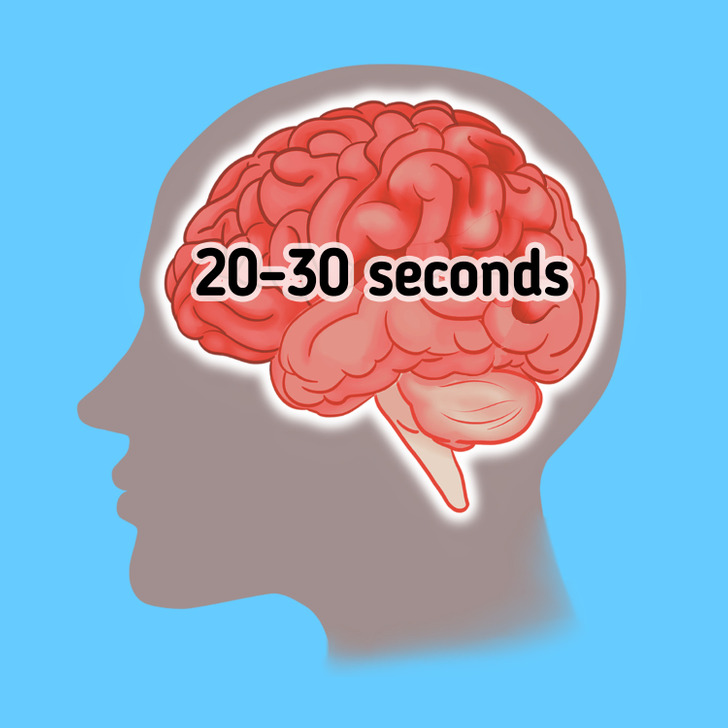
Short-term memory allows you to recall specific information for a short period of time. It is not as fleeting as sensory memory, but not as permanent as long-term memory.
To understand how this type of memory works, let’s imagine that you need to memorize a numerical code you’ve received on your phone to confirm a certain operation online. You have to repeat these numbers so as not to forget them until you type them in. However, you won’t be able to recall them in just an hour.
Experts believe that short-term memory lasts about 20-30 seconds, a minute max, and can hold about seven elements at once. If the information needs to be remembered for a longer time, it must be repeated aloud or mentally.
Remember that short-term memory is greatly affected by various interferences. That is why it can be difficult to remember something if we are in a noisy and crowded place. New information entering short-term memory quickly replaces old information.
Long-term memory
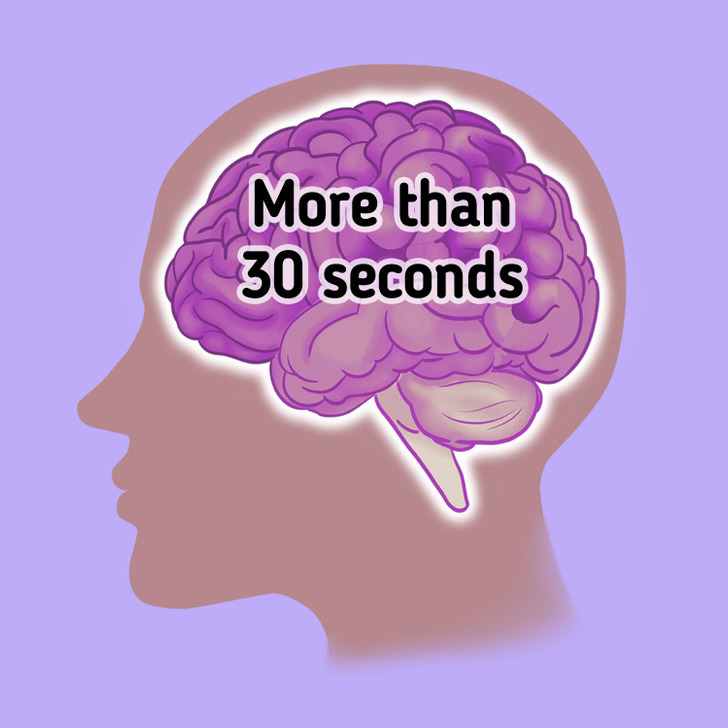
Long-term memory stores most of our memories. Anything we can recall after 30 seconds is already in our long-term memory. It can be a memory of your first date or the face of a person you liked an hour ago.
There is no limit for how long and how much our long-term memory can hold.
Not all long-term memories are the same. Some come to our mind rather quickly, while others may need hints or reminders.
There are two types of long-term memory:
- Implicit memory. It includes information that we remember unconsciously, without any effort. For example, memories of body movements and how to use certain things that surround us. Thanks to implicit memory we can tie our shoelaces and ride a bicycle.
- Explicit memory. It refers to the information that we intentionally try to remember. For example, memorizing mathematical formulas or the exact time your train leaves is explicit memory. Explicit memory can be:
- Episodic. These are memories of specific events. For example, about the graduation party at school.
- Semantic. These are memories of facts, concepts, names, and other general knowledge.